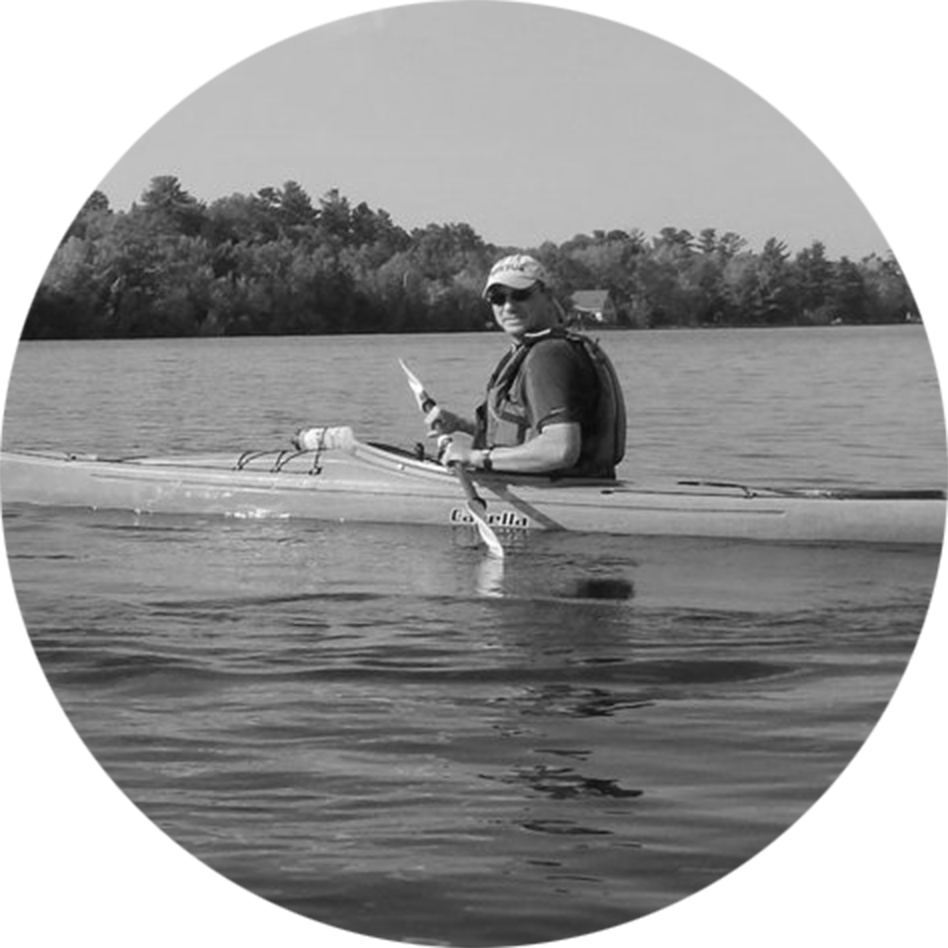Language Lives in Unexpected Places
The Center for Humanities & Information at Penn State University invites you to join us for the two-day webinar “Language Lives in Unexpected Places,” a discussion of Indigenous language revitalization, information systems, and communicative technologies.
NOVEMBER 17 & NOVEMBER 18, 2020 2:30 - 4:30 PM EST
Popular depictions of Indigenous languages rarely place them in the Information Age, but attention to Indigenous languages in what Dakota Sioux historian Philip Deloria might call “unexpected places” (2004; see also Webster and Peterson 2011) challenge representational expectations of where and how Indigenous languages are meaningfully deployed. Across the Americas, Indigenous languages are finding emergent vitalities in both institutional and grassroots contexts. How are languages—and people—transformed by their contemporary engagements with new media and informational technologies? How are Indigenous users transforming media and communication technologies and practices? Contemporary engagements with Indigenous media, performance, activism, and scholarship demonstrate ways in which what is old may be made new again, or what is new can be made old and invested with the authority of the past for future action. The speakers in this webinar traverse the unexpected, regenerative, and sometimes contradictory, linguistic and media practices of Indigenous-language speakers across the America, who work to decolonize and Indigenize various spaces and media, both old and new.








